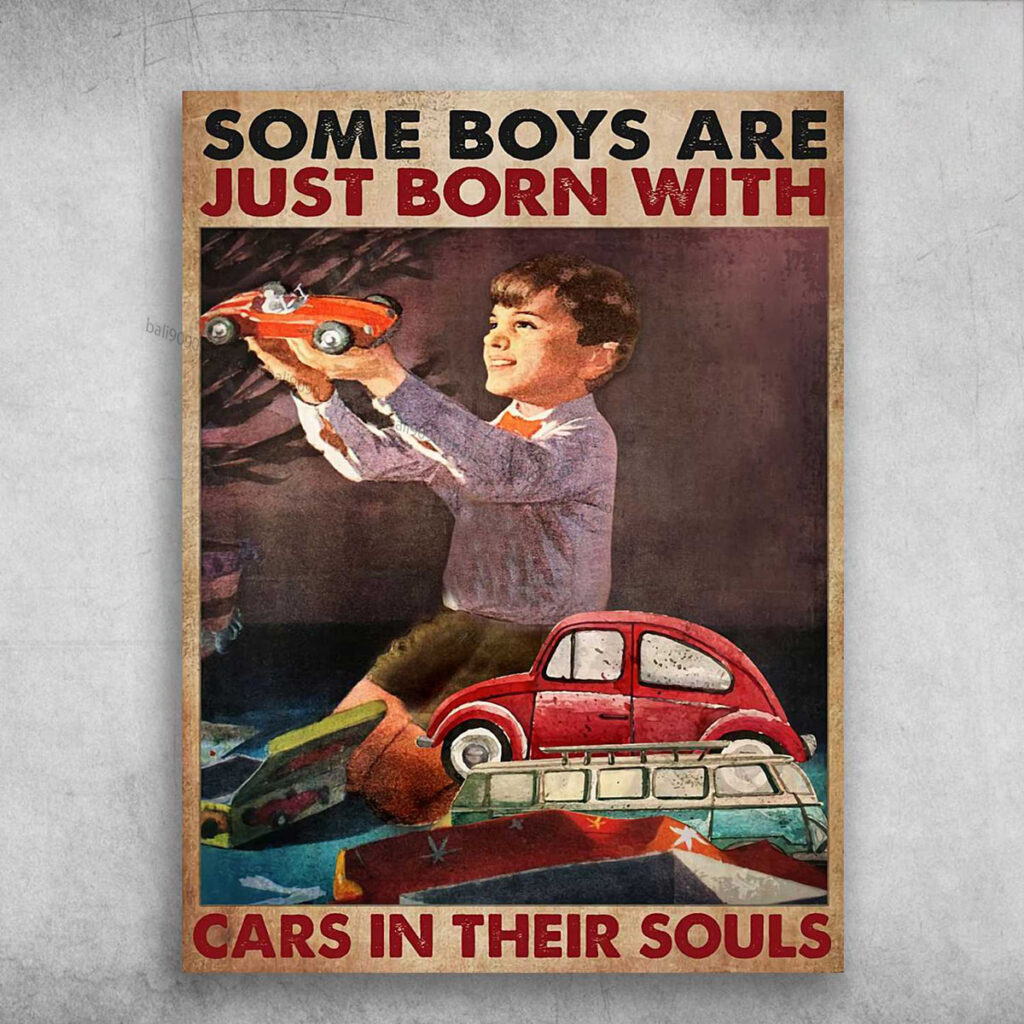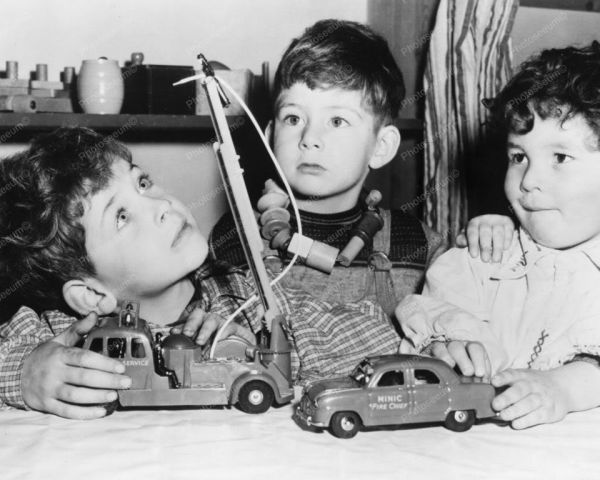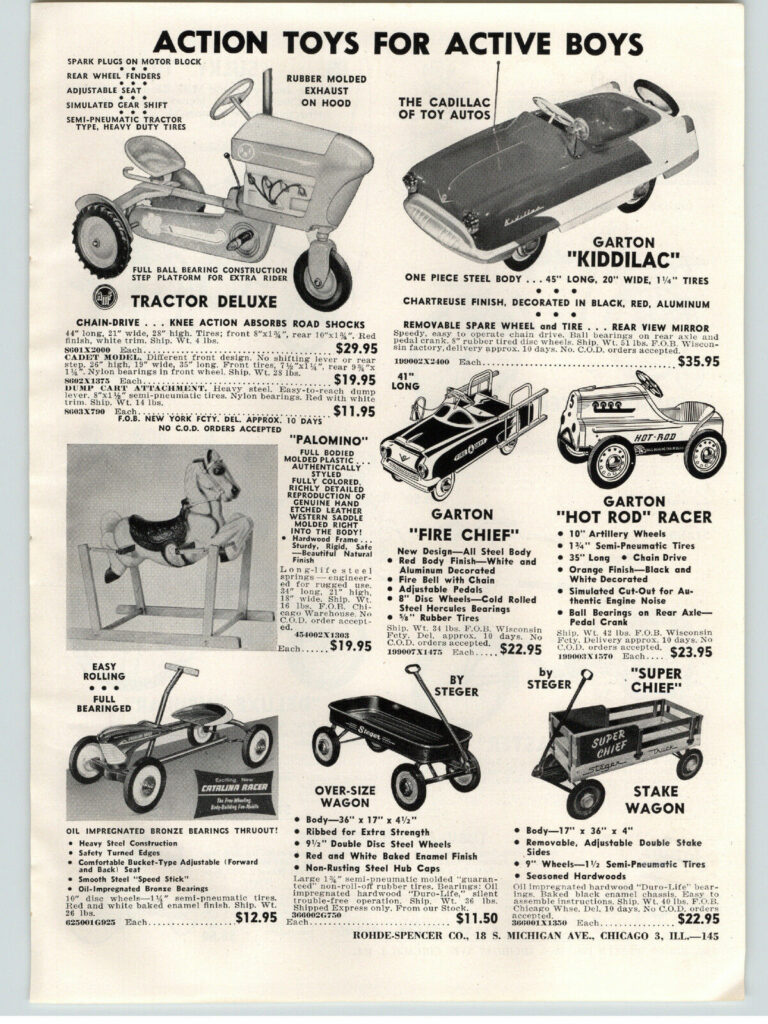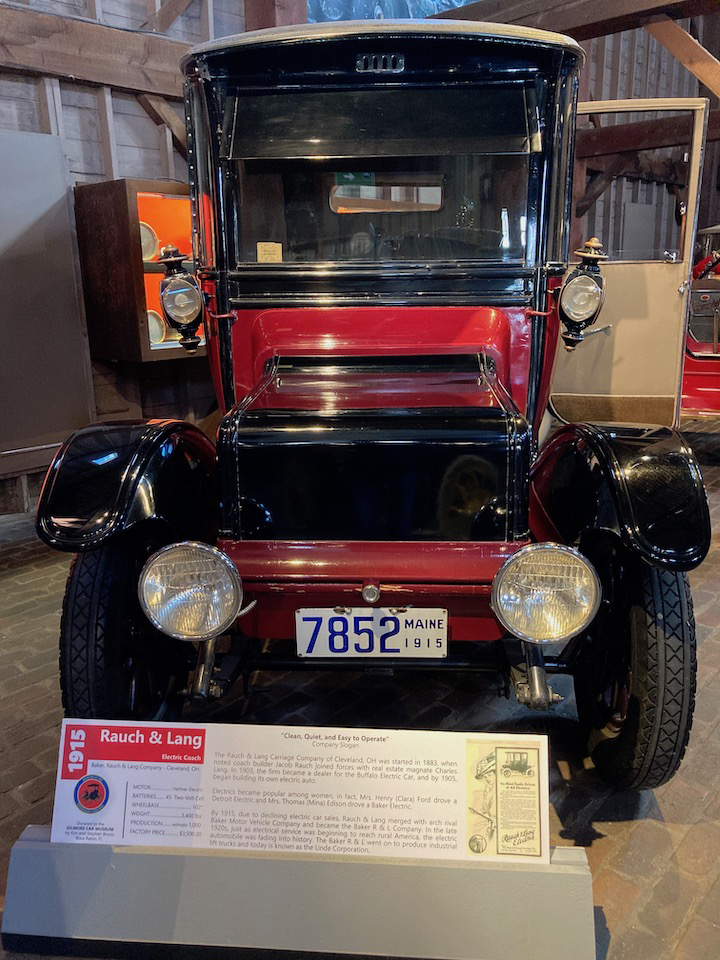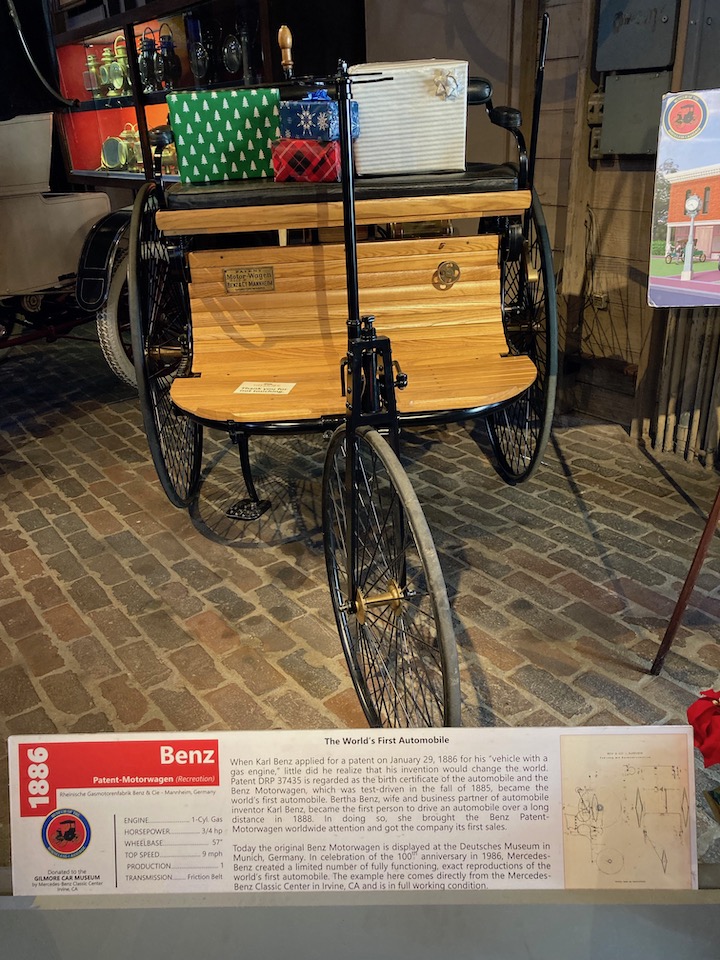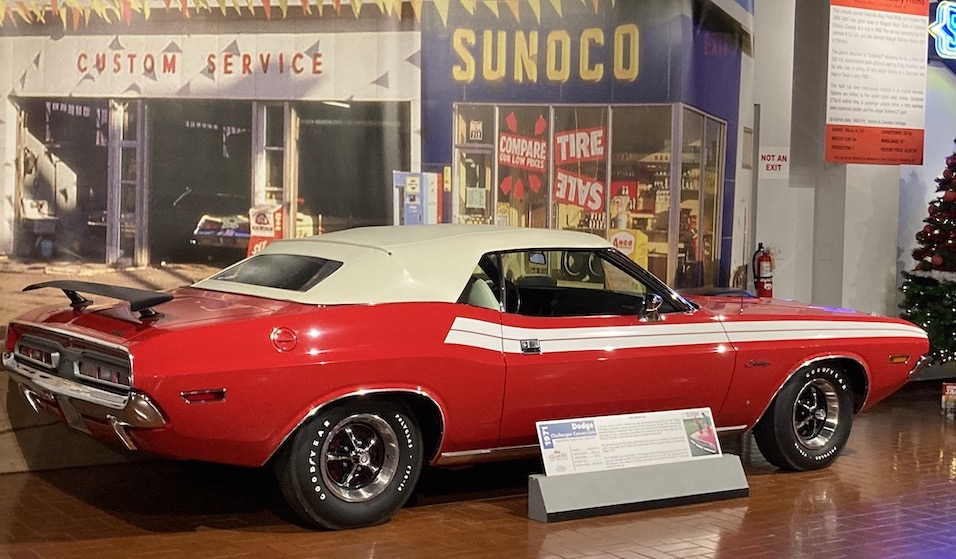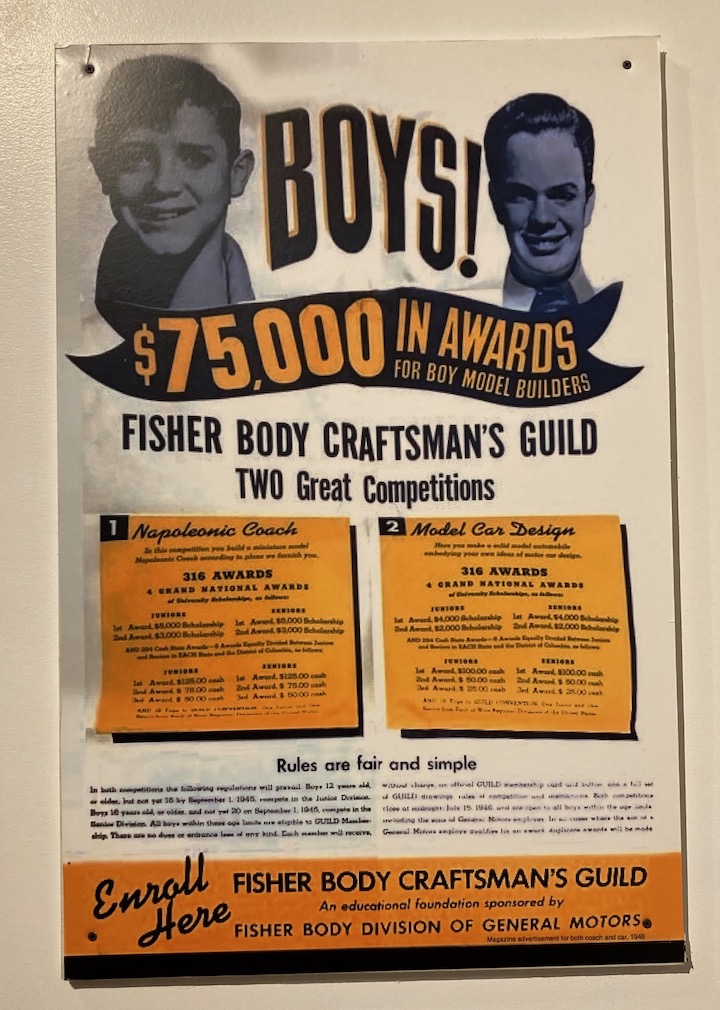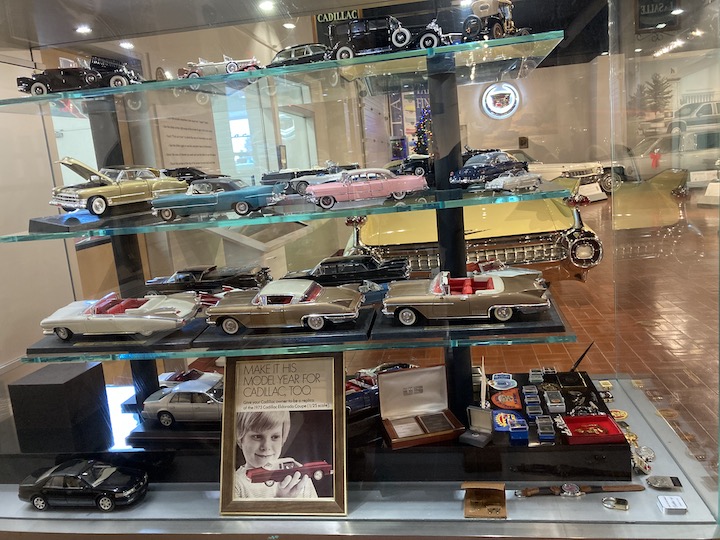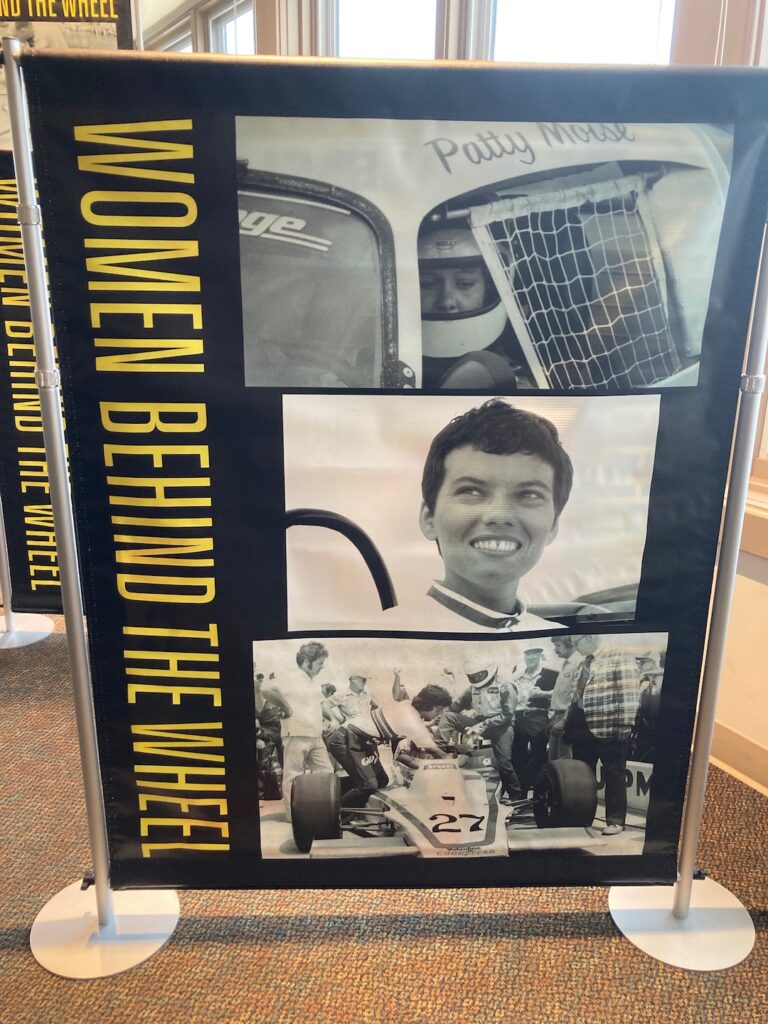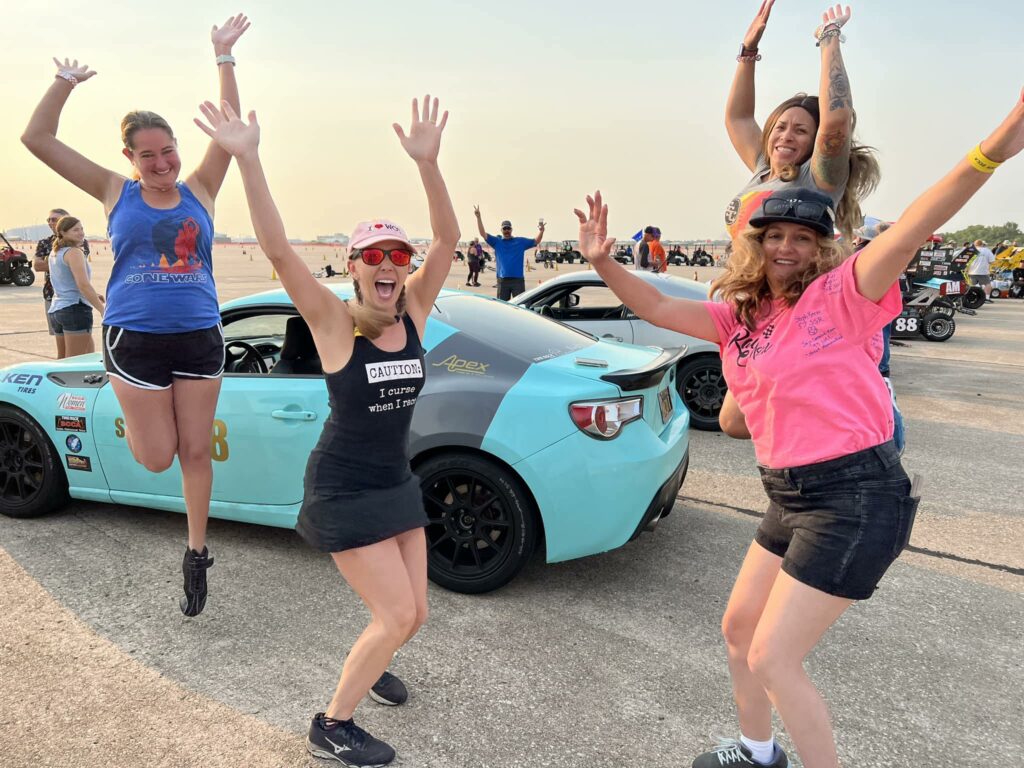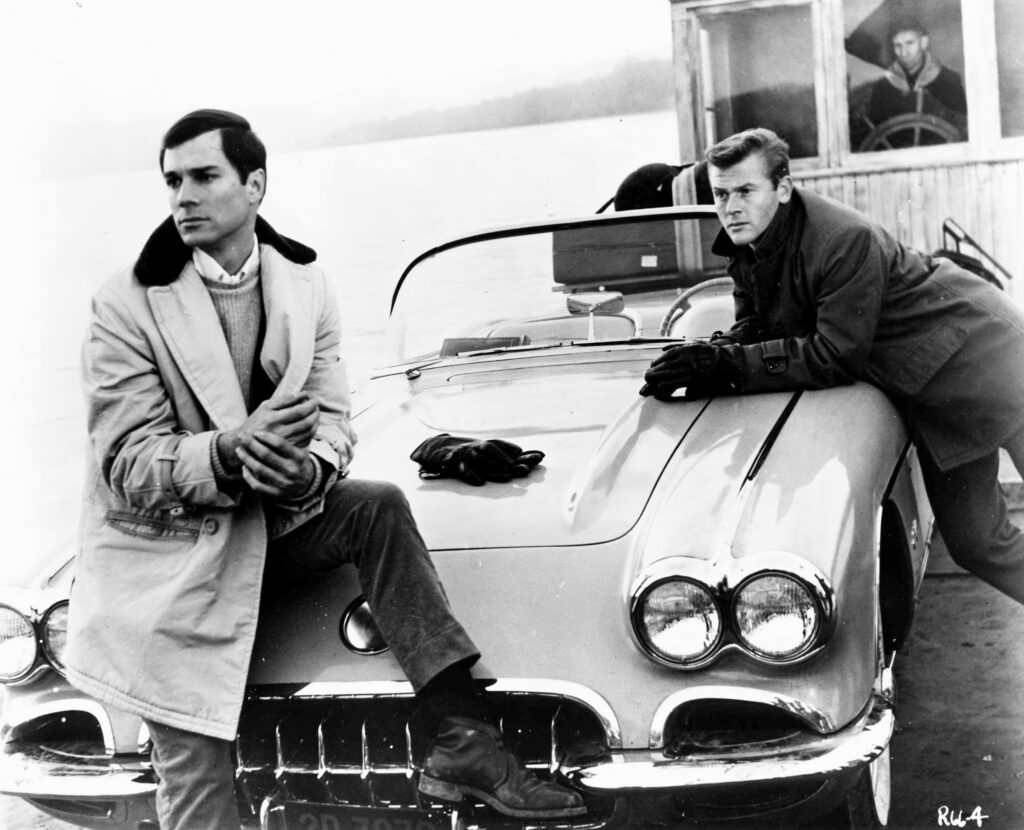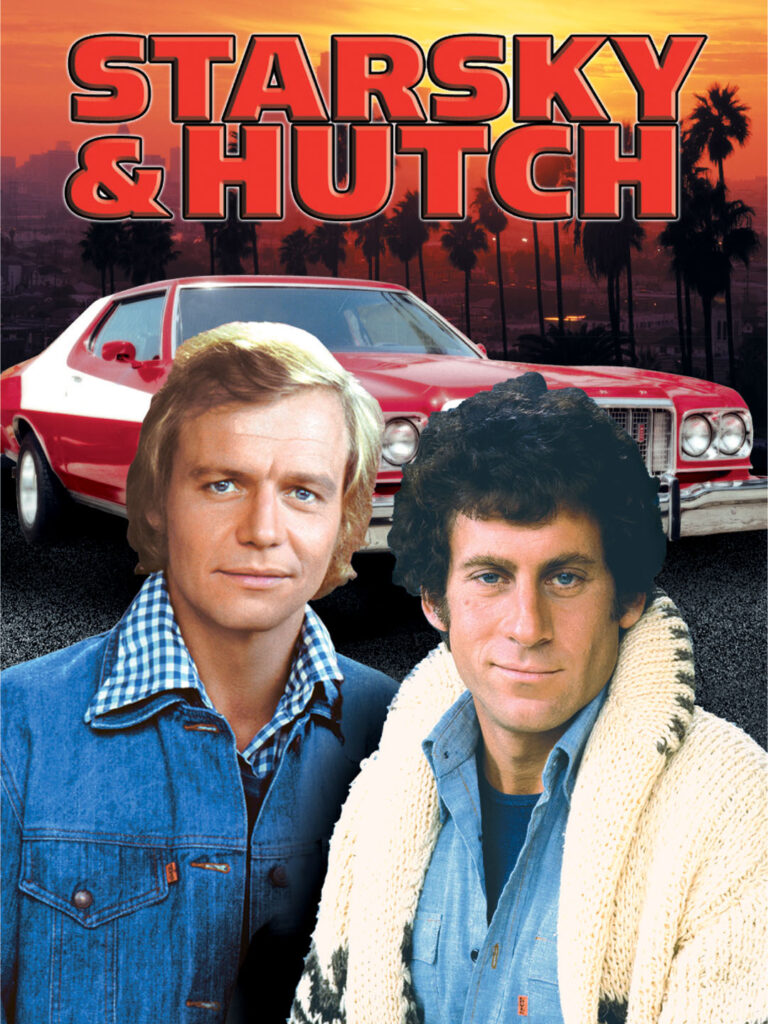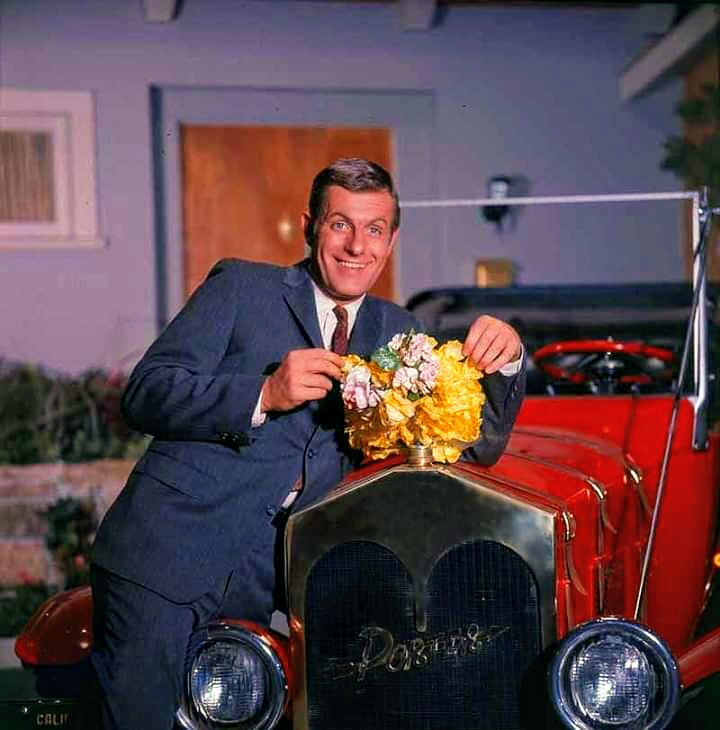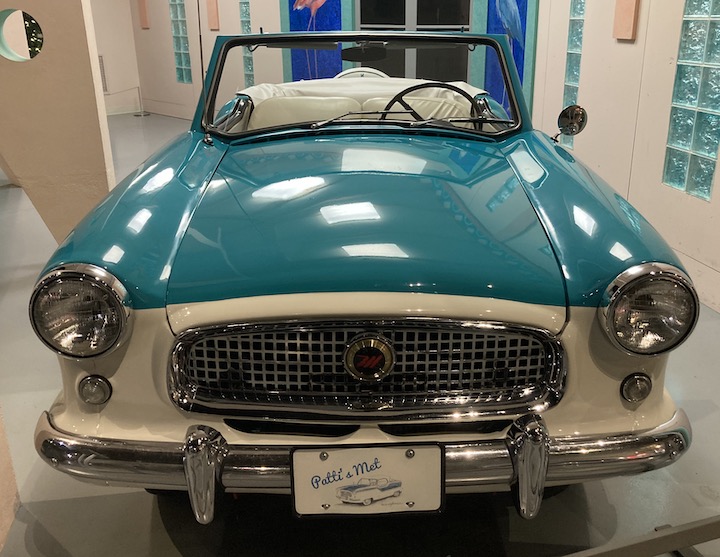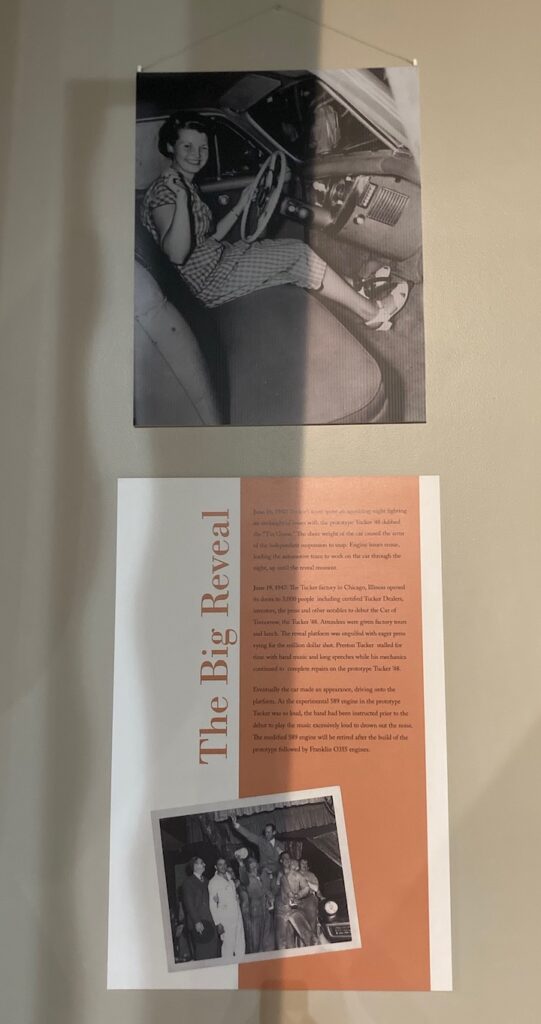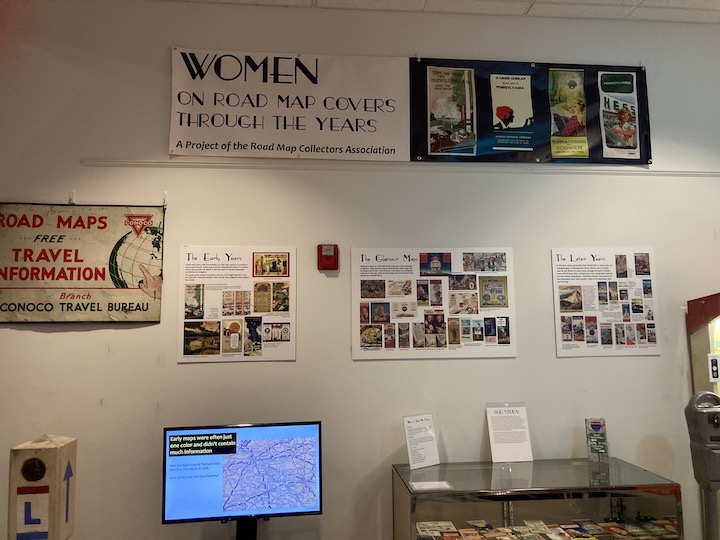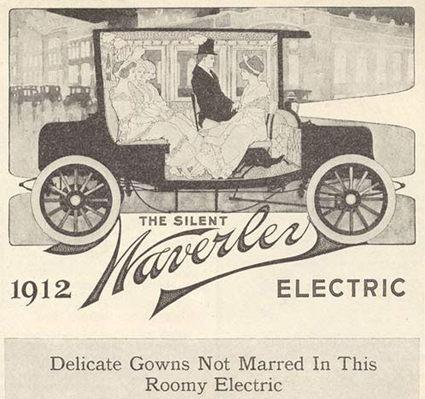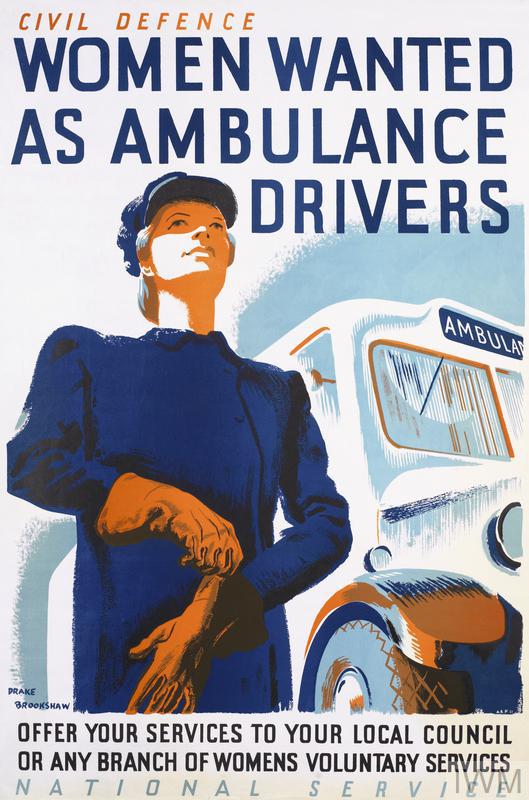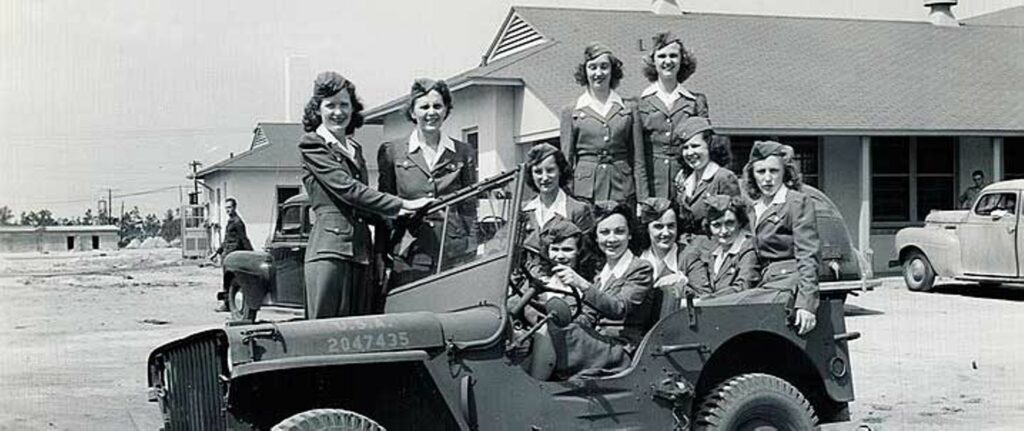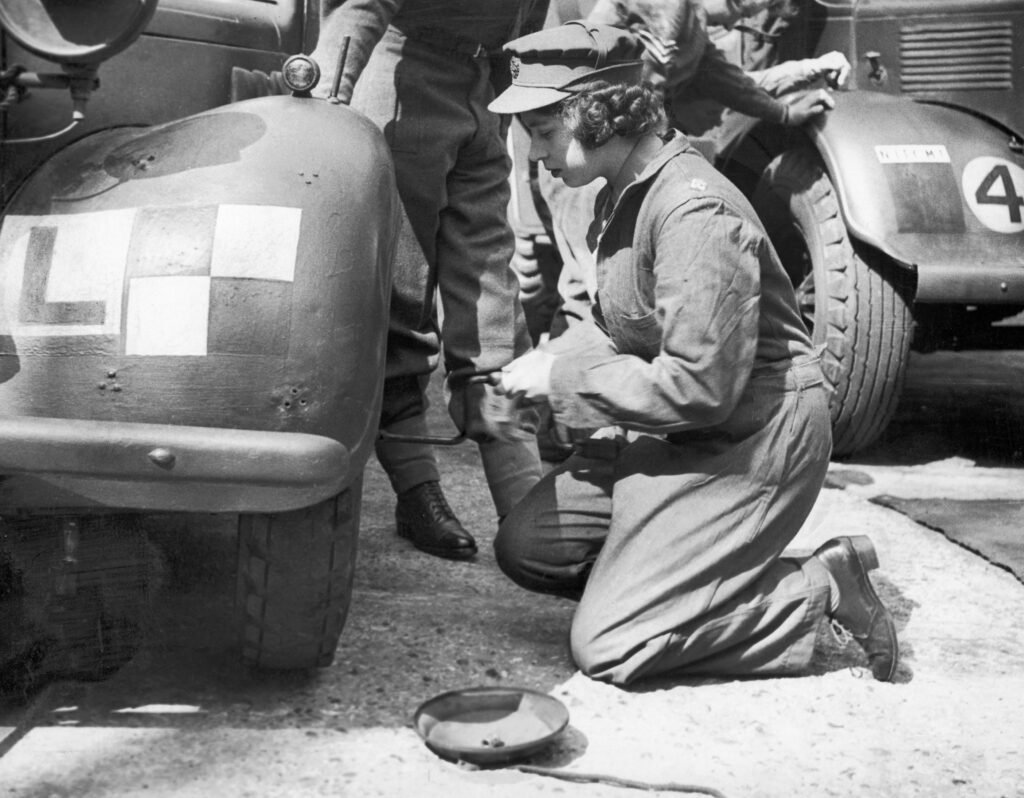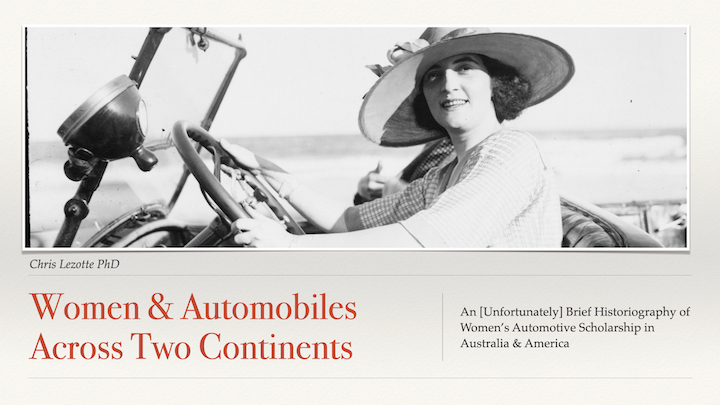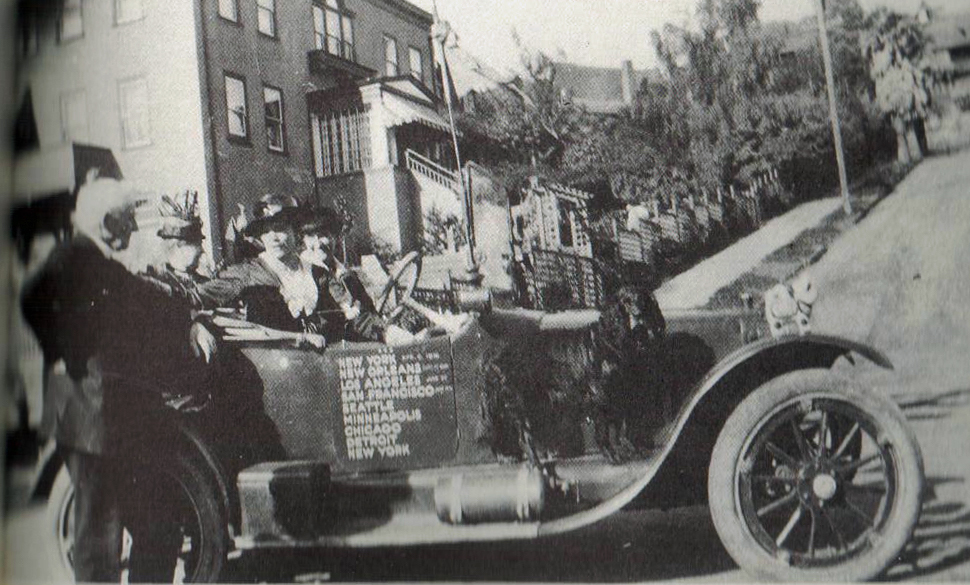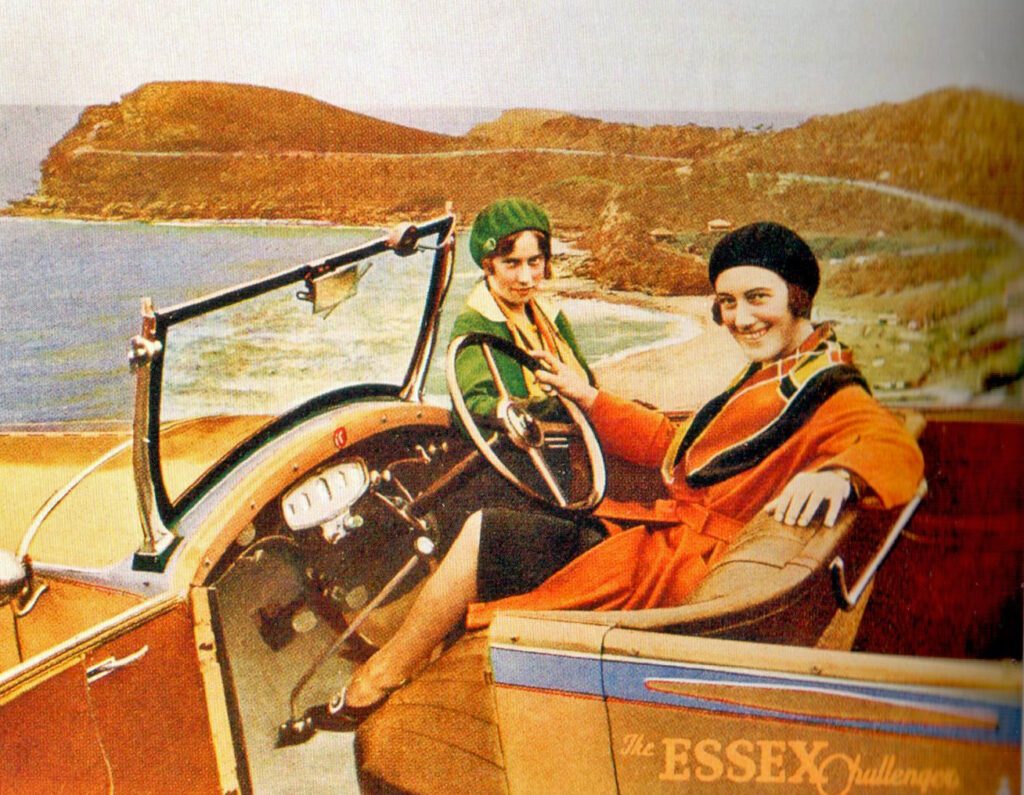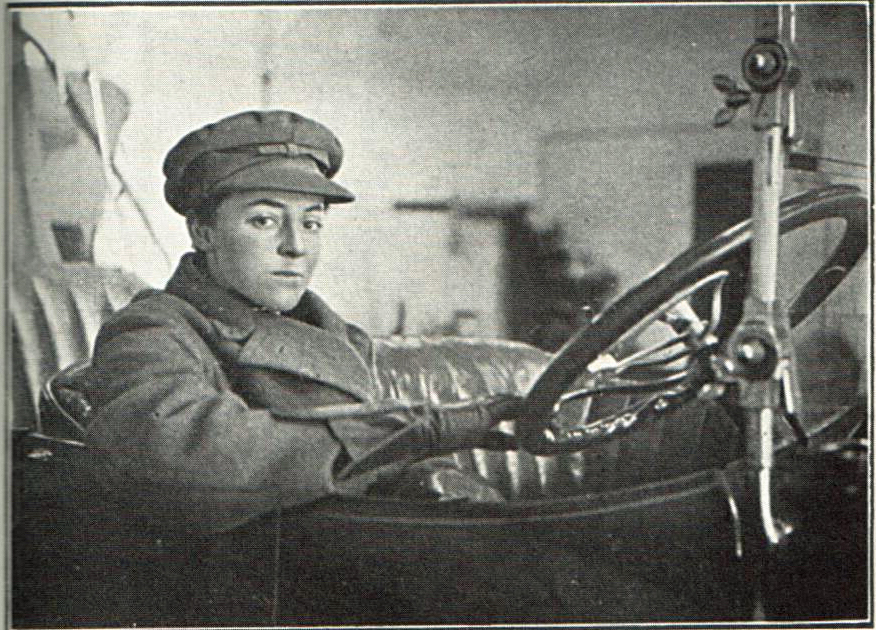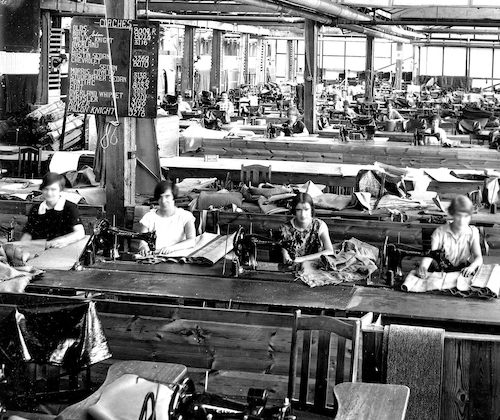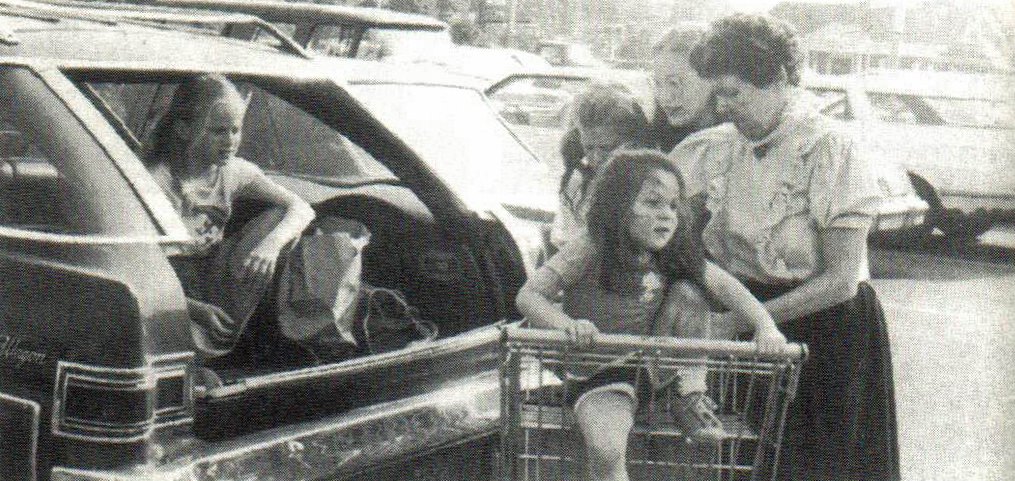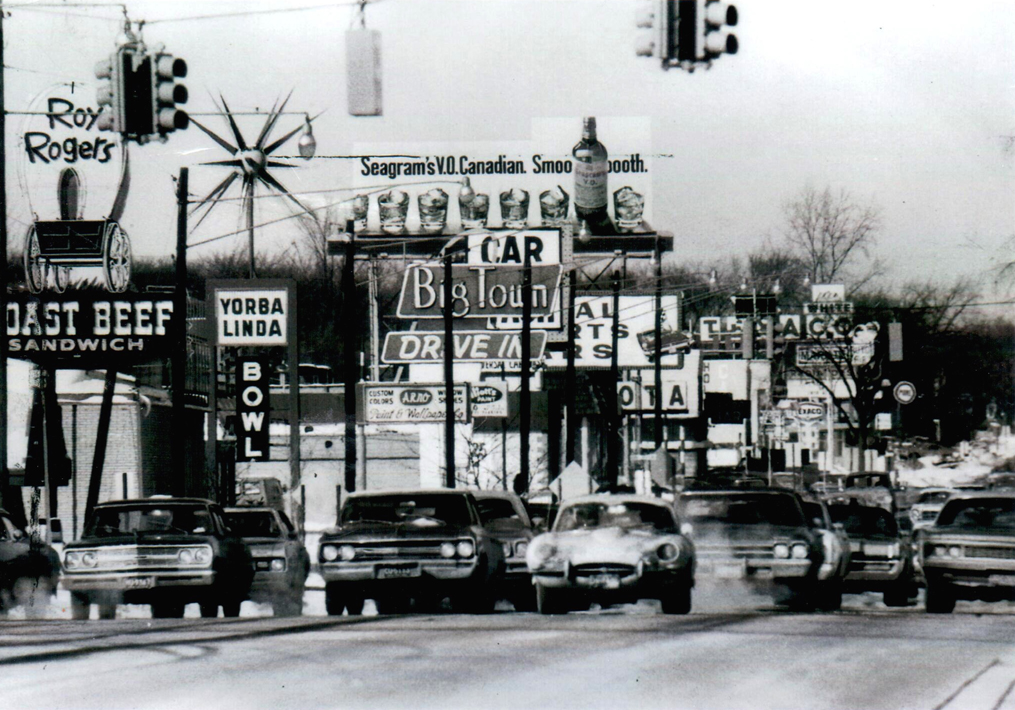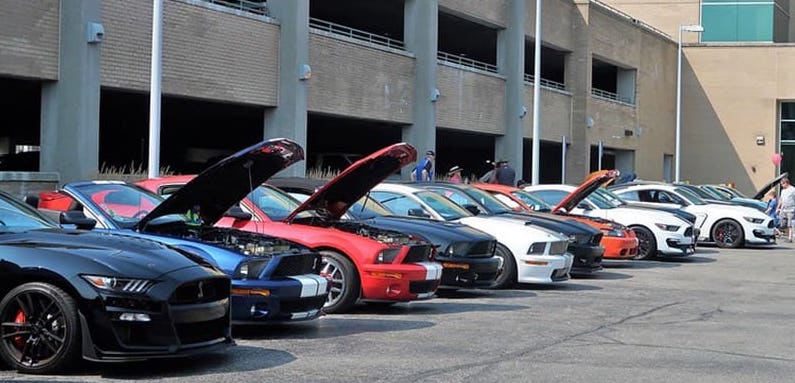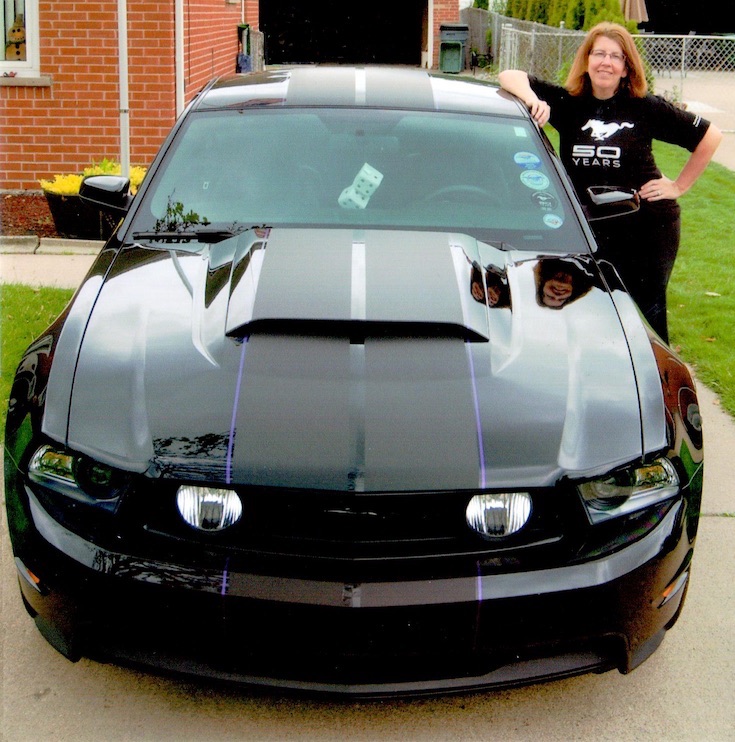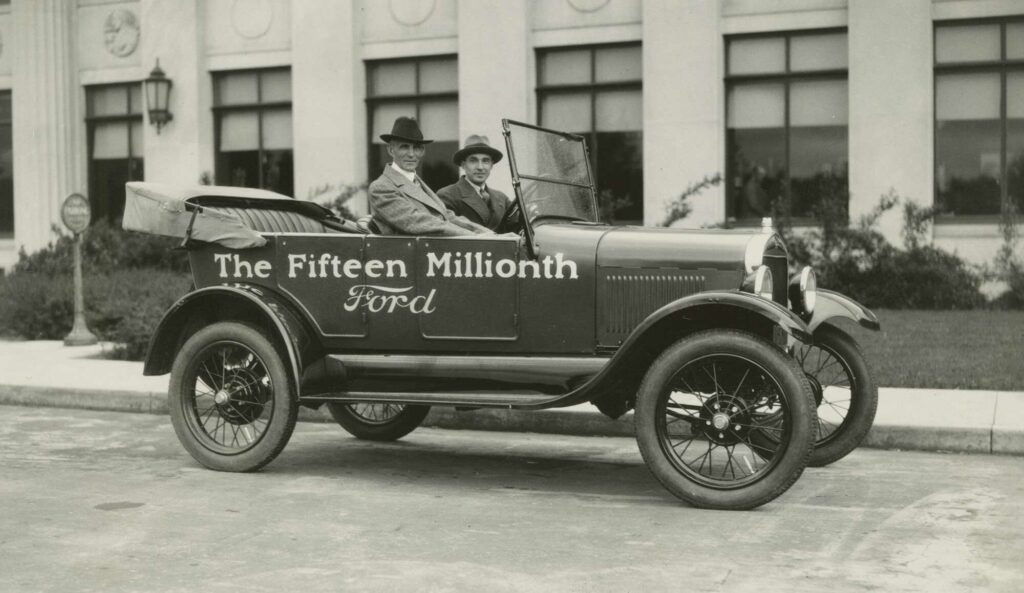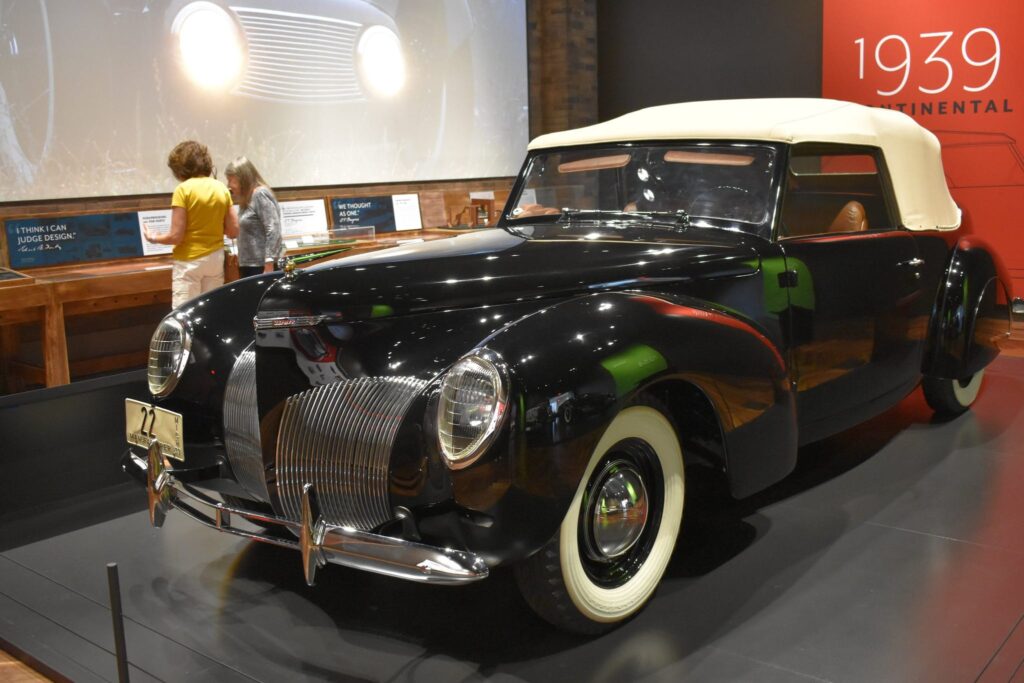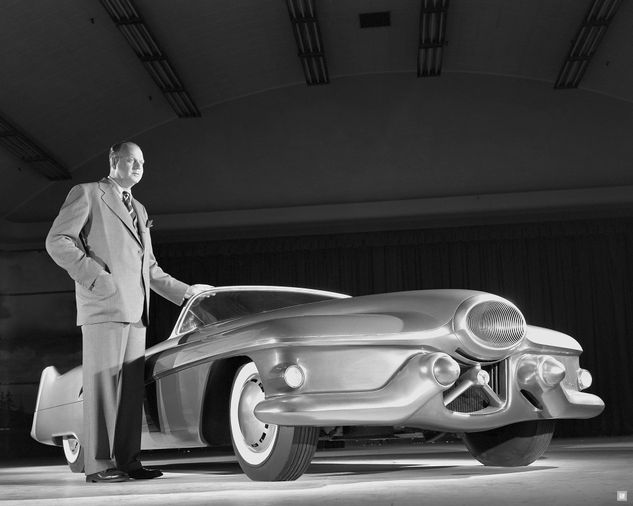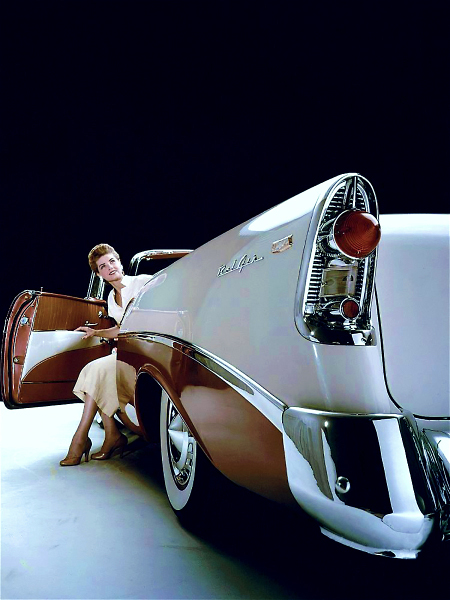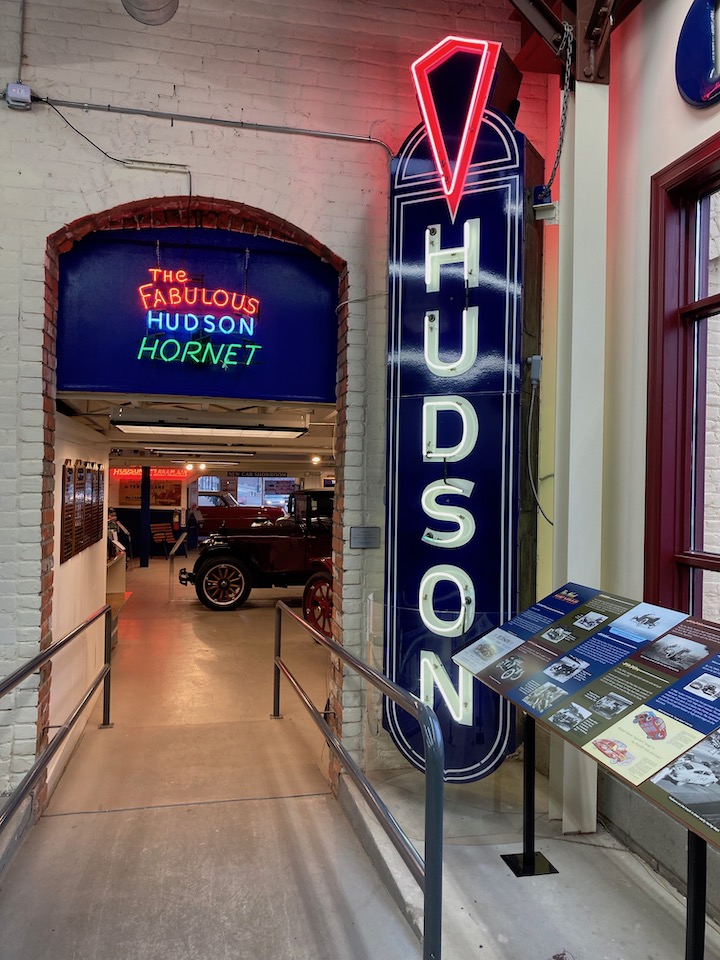
One of the benefits of living in Southeastern Michigan is the plethora of automotive museums – from small local sites to large curated collections – within a reasonable driving distance. I had the opportunity this weekend to visit a small but fascinating museum just 20 minutes from home – the Ypsilanti Automotive Heritage Museum. The YAHM is located in a former Hudson dealership in Ypsilanti’s Depot Town. Ypsilanti, which borders Ann Arbor, was an important site of automotive manufacturing in the early to mid 20th century; the collection reflects the important role Ypsilanti played in the history of the automobile. Each room in the museum focuses on automotive stories that originated in Ypsi: the Chevrolet Corvair, Tucker, Hudson, Kaiser-Frazer, General Motors Hydra-Matic, the Ford Motor Company Generator Plant, and local car dealerships. A section of the museum is devoted to the Willow Run assembly plant – also located in the Ypsilanti area – which was originally constructed in 1941 by the Ford Motor Company for the mass production of the B-24 Liberator military aircraft. In 1959 the facility was converted for the production of automobiles which included the Corvair, Nova, X-bodies, the GM-H body, and the Chevrolet Caprice. The National Hudson Motor Car Company Museum is also housed within the YAHM. The mission of the museum, as stated on the website, is ‘to archive information relating to the automotive industry and its relation to the city of Ypsilanti and surrounding communities.’
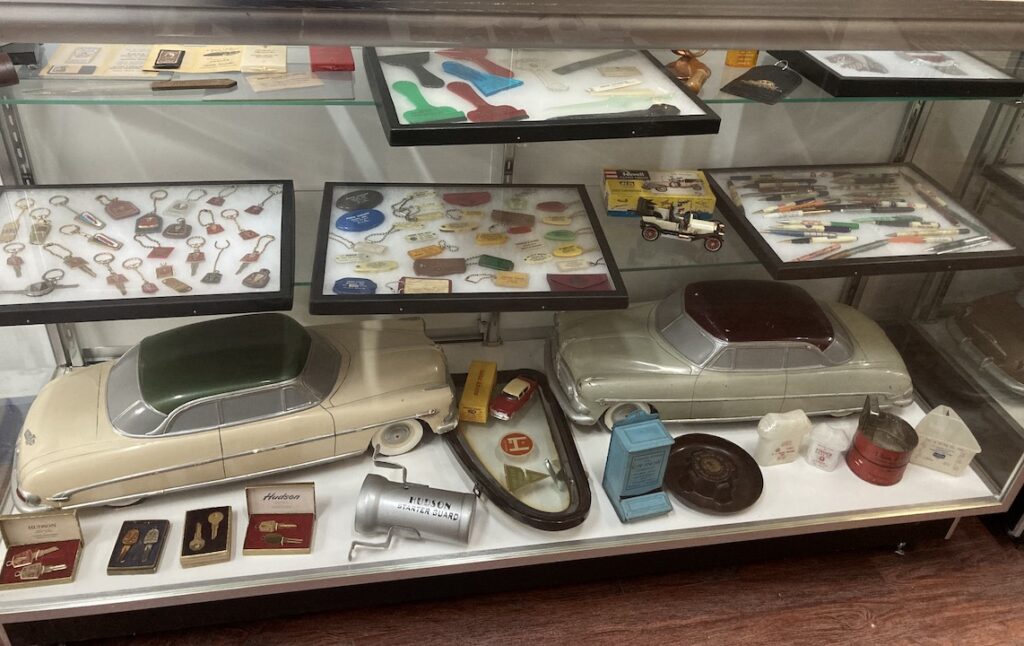
The museum not only houses automobiles with Ypsilanti connections, but also paraphernalia and promotional materials associated with automotive brands and local dealerships. These include, but are not limited to, signage, uniforms, badges, pencils, watches, bottle openers, keyrings, rulers, matchbooks, baseball bats, knives, pins, and small model cars. Go down any hallway and you will find walls covered in photos of Ypsilanti based car clubs, histories of local dealerships, signage from car lots and showrooms, and cases crammed full of automobilia. Every inch of available space is covered in automotive artifacts that relate to Ypsilanti’s role in automobile manufacturing, sales, and culture.
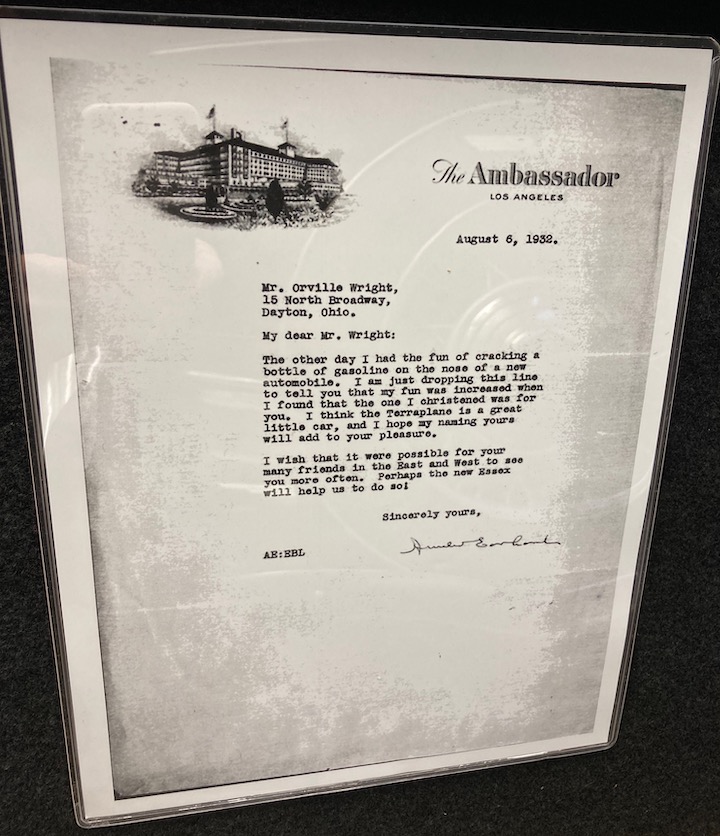
While on first glance the museum appears to have a very male-oriented collection, women are present, albeit subtly, in almost every exhibit. The representation of women reflects their rolls in automobile manufacturing and culture at various times in local automotive history. The three main themes that emerged through my tour through the YAHM were famous women as promotors of automobiles [such as Mary Astor and Amelia Earhart – who in 1933 christened the first Hudson Terraplane], women who conveyed positive automotive model attributes through advertising and promotional materials, and women who served the country in WWII as Willow Run factory workers. This imagery was interspersed through various museum exhibits. There were also photographs of female employees in the various automotive environs, although the women were not always identified. Some of these autoworkers served as models in various promotional materials. The museum also includes automobiles owned and or/donated by women, including a 1951 Kaiser Speical Traveler placed in the YAHM by Blanche Mericle – the former head of the Seaway region of Kaiser-Frazer Owners Club International.
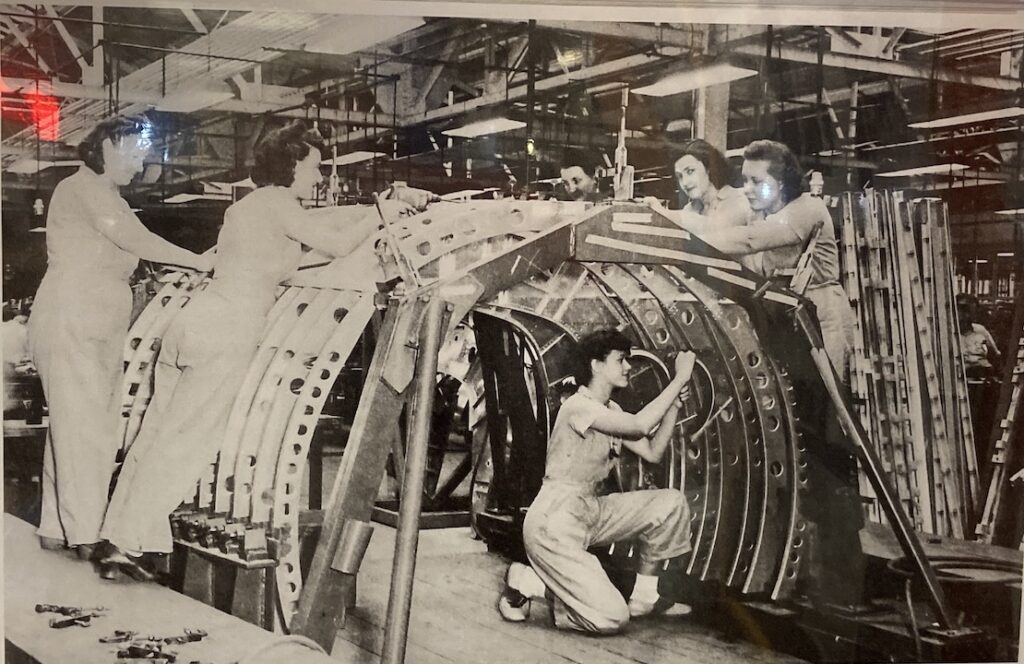
While there is little direct reference to women, the museum offers a multitude of clues as to how women influenced and participated in the automobile industries of Hudson, Kaiser-Frazer, and the production at Willow Run. Their representation suggests they were an important albeit silent component of the various automotive interests and industries that took place in the greater Ypsilanti area. While not prominent in the displays, they are visible and suggest that women had an unspoken but valuable impact on the automotive activities of the major Ypsilanti associated automakers.
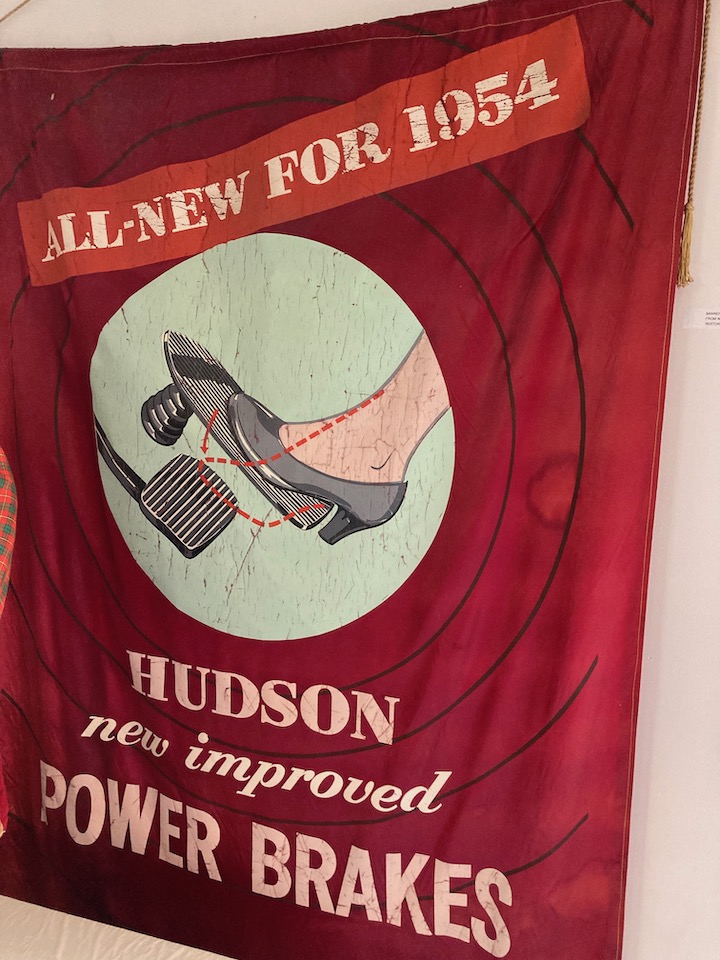
As I am discovering as I make my way through this project, automotive museums serve a variety of purposes. While the first two I visited reflected the automotive interests of the museum founders and major contributors, the YAHM is very much focused on a time and place in Michigan’s rich automotive history. In its cluttered yet purposeful way, the Ypsilanti Automotive Heritage Museum reveals how the car culture of specific manufacturers emanated throughout the area to touch and affect many aspects of Ypsilanti life, including those of its female citizens and workers.
